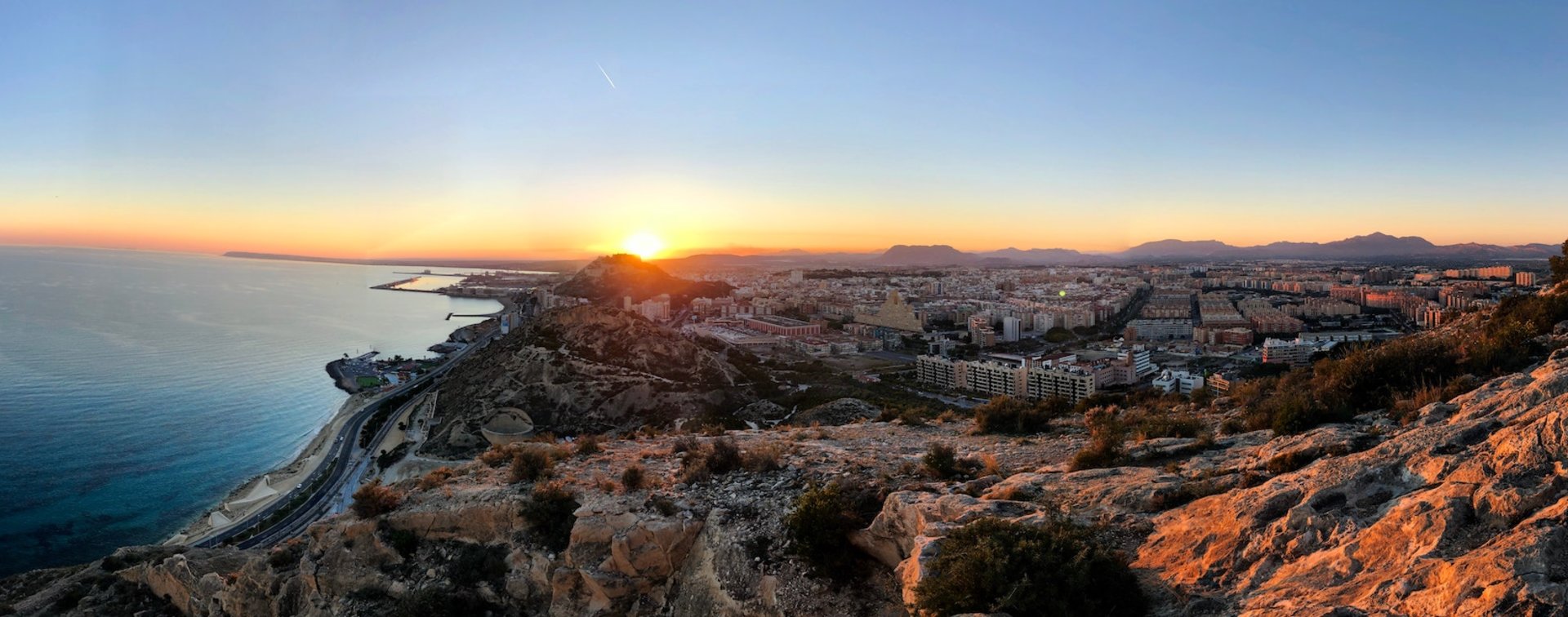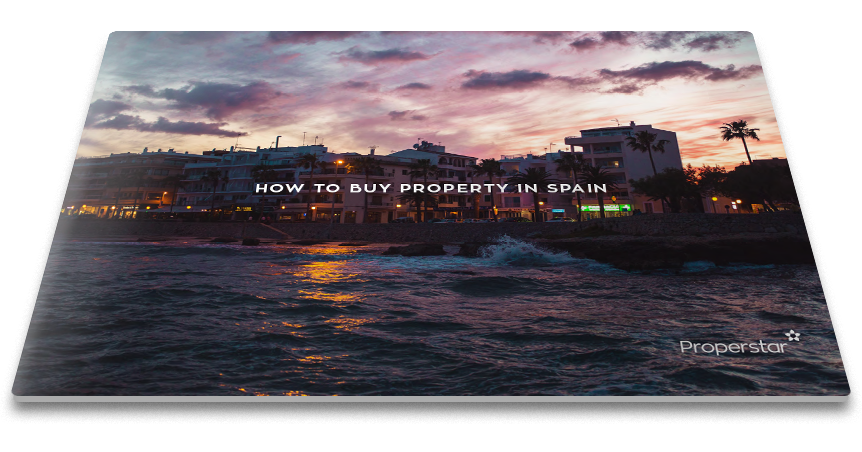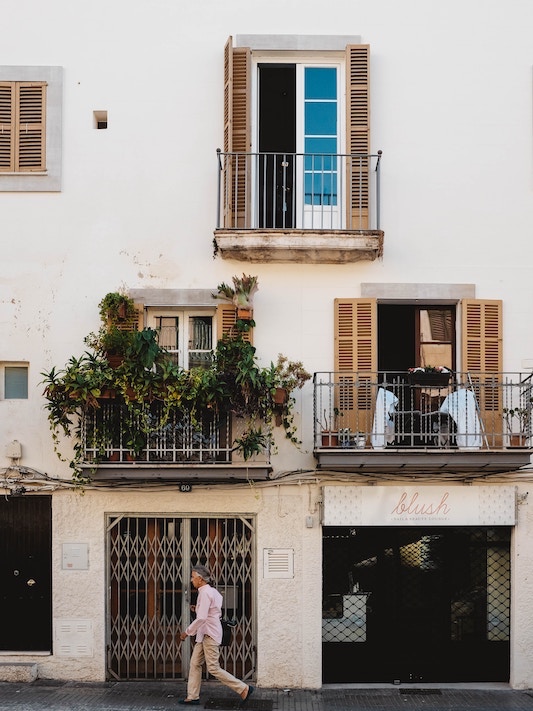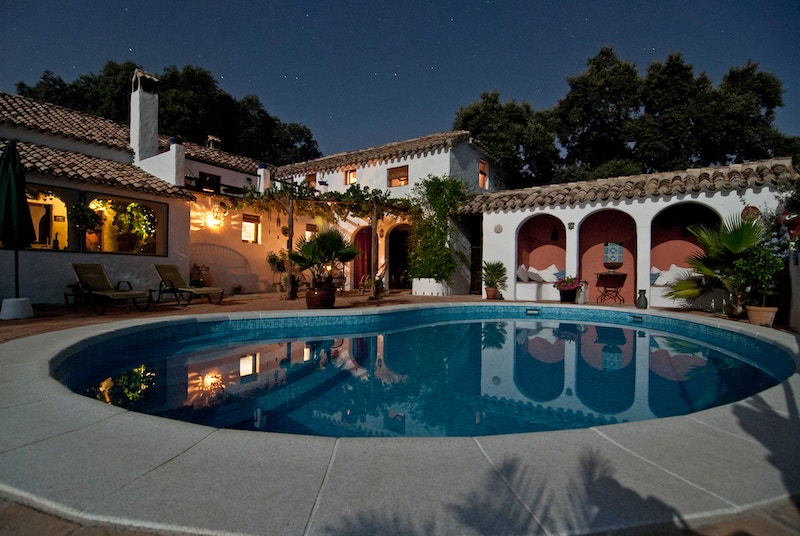
How and where to buy property in Spain
How and where to buy property in Spain
The big picture in Spain is of a continuous upwards trend in property prices, though the market seems to have taken its foot off the throttle with more gentle price rises seen in 2019 than was the case earlier.
But the big picture can be deceptive. Spain is a very patchy market, with huge regional variations. That's particularly the case when you look at where foreign purchasers are putting their money. Huge areas of Spain are almost untouched by foreign interest (the north, west, and middle sized cities) while foreign buyers are concentrated along the coast, in Barcelona, Comunidad Valenciana, Andalucia, and the Balearic islands. Add Madrid to that mix and you have three-quarters of all sales to foreign tourists.
Even within these areas, property transactions are heavily concentrated; a third of sales in Andalucia are in just one of its eight provinces, Malaga, and a third of sales in Malaga are in just two cities, Malaga and Marbella. New building developments are equally concentrated.
Foreign purchasers account for 20% of the market - significantly more on the coast. That's fine when you're in an area where Scandinavian, Dutch, German and French buyers are in the majority, but some areas are far more orientated towards British buyers. Estepona, for instance, is more Scandinavian - Torremolinos is more British. No one knows quite what the impact of Brexit will be, but to avoid uncertainty, avoid anywhere that has more than two cafes selling full English breakfasts! (Let's be serious: ask the local agents who the main buyers are.)
The end of city centre AirBNB?
Many Spanish cities have seen the whole centre taken over by bars, restaurants, and AirBNB. There's nowhere for locals to live, or to buy their groceries.
That made good money for investors, with yields on AirBNB in some areas well above 10%. But an increasing number of cities have brought in regulations that make short term letting considerably more difficult - and in the case of Madrid, practically impossible. (In the hyper-centre, if you don't have a separate entrance to the building for tourists, you can't let your property short term. This would make 95% of existing lets illegal.) In Barcelona, tourist lets have been entirely banned in the Gothic Quarter.
Soб if you want to invest in short term rentals, you should be looking for villas, not city centre flats. We'll get on to the subject of exactly where to look a little further on.
Property Guide

Download the complete guide for free
Ready to turn your dream of owning property in Spain into reality? Our comprehensive guide, "How to Buy Property in Spain," is your essential resource for confidently navigating the Spanish real estate market.
Fill out the form below and download your copy now.
Buy resale, not new build
Developers are now asking very high prices for new build properties. Canny buyers appear to be able to get up to 11% discounts from the asking price, but developers who have a further phase to sell obviously don't want to be seen reducing their prices openly.
However, maybe you shouldn't be looking for new build. In many areas, the top spots have already been developed, and the new build coming on stream is in secondary locations - far out of town, away from the beach, without views, or with noisy roads nearby.
You may be better off looking for a resale. Prices are lower and you may find a property in a primary location for the same price as a less well sited newbuild. For instance, in Marbella, some developers are quoting prices at €5,000 a square metre, but resales are available around the €3,000-3,600 mark. Which would you buy?
If you want to stretch your budget as far as it can go, you might find a slightly dated looking house where bringing it up to date won't require a full renovation, just a cosmetic retouch, and get a bargain price per square metre.
 Where to buy if you want a bargain second home
Where to buy if you want a bargain second home
If you're just looking for a holiday home, then you have a few possibilities. Looking outside the foreign-dominated areas could have benefits, as you'll be competing with Spanish buyers who are already finding affordability a challenge. In Andalucia, that could mean looking inland, and adapting to life in a mountain village of whitewashed houses - but you're still only 30 minutes' drive from the coast.
Areas like the Asturias, in the north, might be worth considering - but it could be tough to sell again. Transactions are slow, and you shouldn't expect much in the way of capital appreciation.
Perhaps the best bet is Murcia. Yes, Murcia has been discovered by foreign buyers, and the Costa Calida isn't a secret any more - but there are still bargains, and prices are still going up while other areas of Spain have flatlined. You can still find townhouses and fincas for less than €200,000, and bungalows for less than that.
The property market is pretty lively, with transactions still increasing, as well as prices, and resale should not be difficult if you do eventually change your mind.
 Where to buy if you're an investor
Where to buy if you're an investor
Property investors should take note that institutional buyers like property companies and investment funds are already making their exit from Barcelona, where rental yields are below 5% - even lower in some central areas. Madrid, too, looks overheated particularly in the centre.
Other large cities have much better profitability. For instance yields in Seville, Zaragoza, Malaga and Valencia are over 6%, and if you buy cannily you might add an extra 1% to that.
Seville isn't a boom market; prices have moseyed along gently for five years, which is one reason rental yields remain high. While 15% of the economy is tourist-related, the city has a wide and well developed economic base, as well as a charming city centre where Moorish influences mix with Spanish baroque and horse-drawn carriages mix with scooters in the evening traffic.
You could also consider buying an apartment in Malaga for long term rental. (Currently, you can still AirBNB in Malaga - but that might not continue.)
Whatever you do, steer clear of Bilbao - the city with the lowest yield of them all!
 If you want luxury
If you want luxury
Spanish tourism is coming back from the dog days. The cheap "sun sea sand and straw donkeys brigade" are off to Tunisia, Morocco, Egypt or Turkey. Instead, Spain has become the destination for serious luxury. High end rentals are at close to 100% occupancy. Even smaller apartments now need high quality fittings, or they won't let.
Prime location luxury properties can score yields of 10% or better for short term lets. That's well ahead of the best long term rentals. The best way to play this market? Head for prime resale properties in traditional high end resorts such as Marbella, spend a bit of money on them, and get the best property manager you can.
If you want a luxury city lifestyle for yourself, though, we're going to make a recommendation that goes against all the property market wisdom: buy in Barcelona.
Swiss private bank Julius Baer rates Barcelona rated as one of the cheapest destinations for living a luxury lifestyle. (Mumbai is just a bit cheaper, as is Moscow - but in Mumbai you have to put up with horrible pollution, and in Moscow, severe winters.) All the services you want are available, from fine dining to concierge and valet parking, and at prices way below the most expensive cities (New York, Shanghai, Hong Kong and Singapore).
 Where to buy if you want a bargain second home
Where to buy if you want a bargain second home Where to buy if you're an investor
Where to buy if you're an investor If you want luxury
If you want luxury
